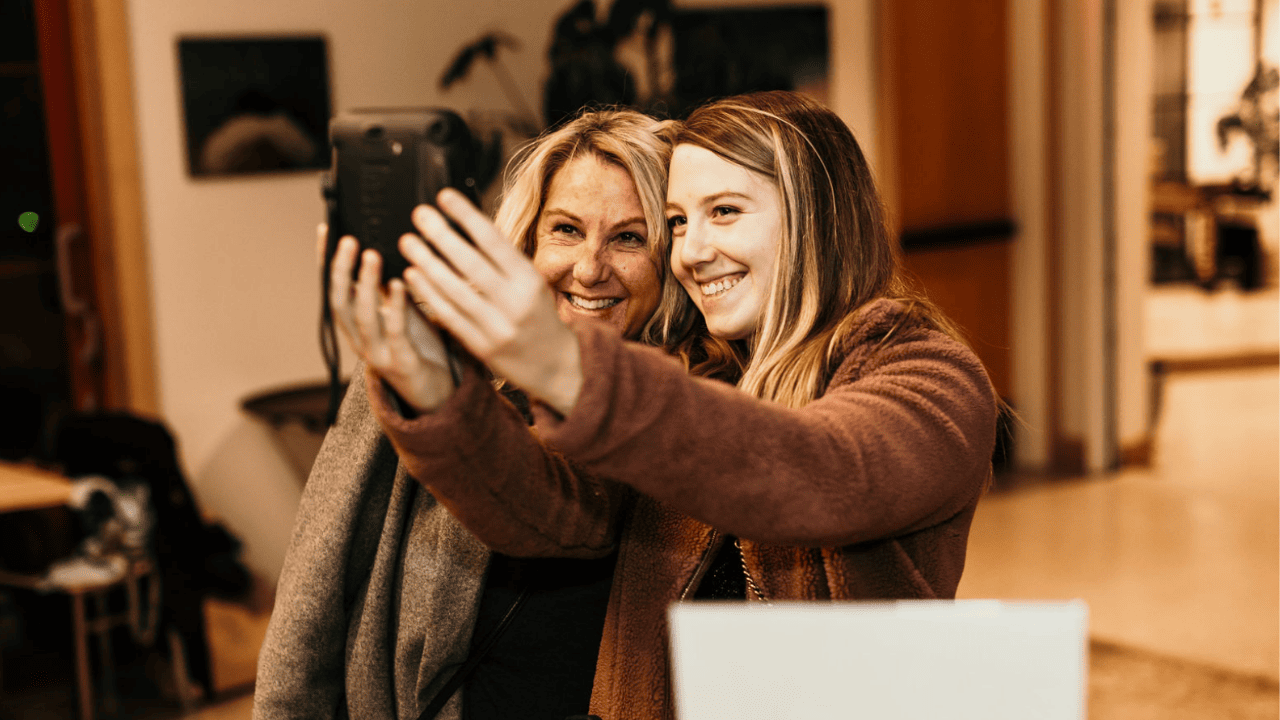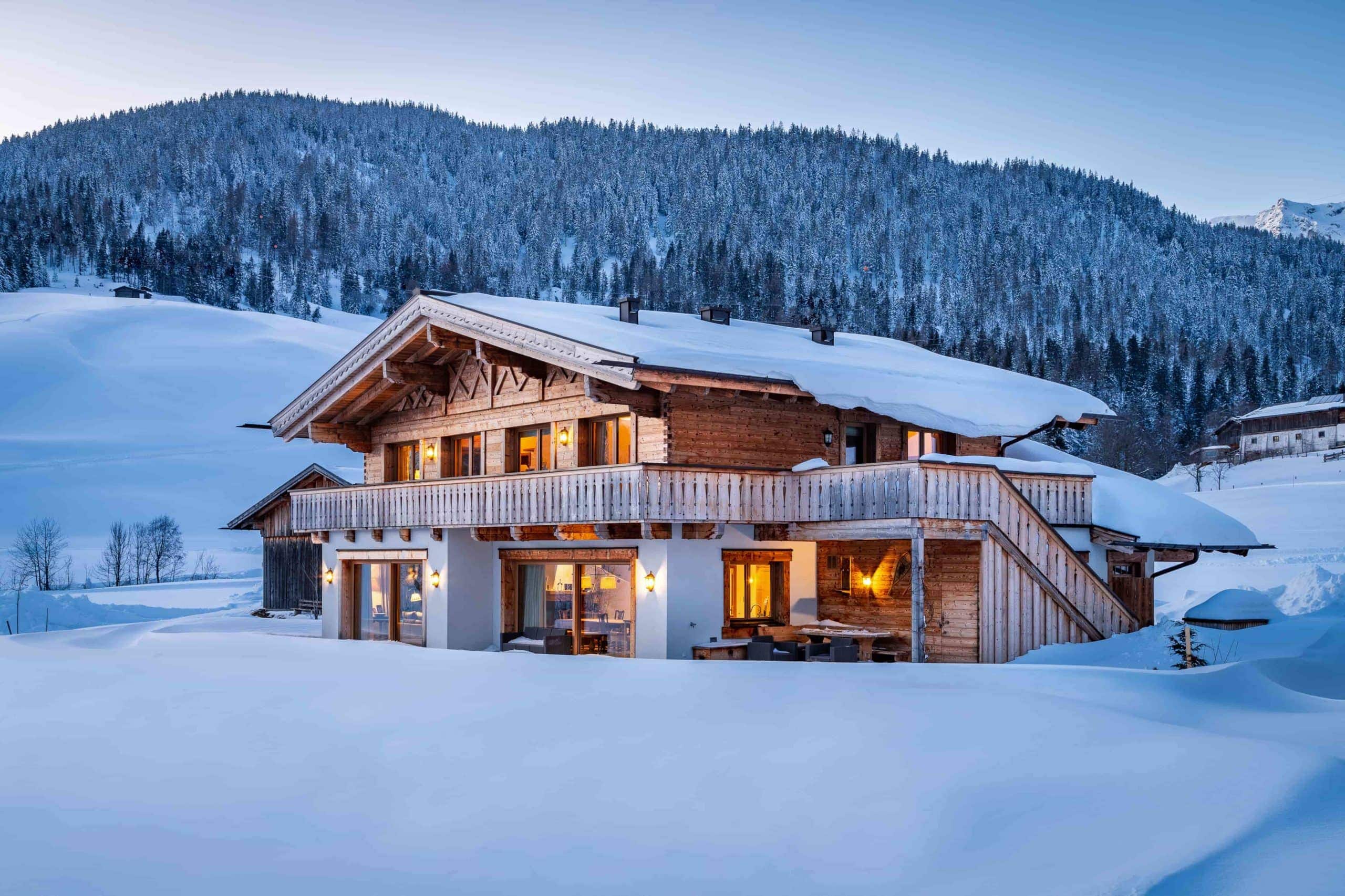Top 7 Photography Trends for Real Estate
If a picture is worth a thousand words, we think that in real estate, it’s probably worth way more. In such an incredibly visual industry, having high-quality images is a must-have to showcase your listings in the right light – literally.
Because buyers and sellers are spending so much time online, and with how far digital photography and editing software has come, photography trends are constantly changing. And, people have high expectations. How a home is visually represented matters greatly to both buyers and sellers.
For buyers, images are one of the best ways they can get a feeling of the property and imagine themselves living there, especially if they can’t travel to a showing. For sellers, having high-quality images that emphasize the best elements of their home demonstrates to them how you’ll help their property stand out and get more offers. Sellers expect real estate agents to use several visual tools to market their homes, including photography and video, and will look at past listing marketing, like listing videos, as indicators of what they can expect from you.
Before we get started, it’s important to note how to optimize images on your real estate website:
- Double-check Format
Make sure all of the images you’ve uploaded are downsized and saved in a web-friendly format like JPG - Fix Image Size
Ensure the image file sizes are small enough and that image files are also properly named to represent what’s in the image - Add Alt Text
Don’t forget to add alt text to all images to help make your website more accessible and it helps boost your SEO
Read on to discover the top photography trends for real estate today and how to incorporate them into your digital strategy.
Top 7 Photography Trends for Real Estate
- Aerial shots
- Mobile responsive websites
- 3D capability and 3D virtual tours
- Hiring a professional
- The more images the better
- Virtual staging
- Sharing on social media
Aerial shots
Just a few years ago, taking aerial shots of a property was nearly unheard of unless you had a big budget. Now with drones, you can get aerial images of listings in a much more cost-efficient way. Quality drones typically cost a few hundred dollars or can be rented out individually when you need them, and there are also more companies that specialize in taking real estate photos with drones now. Drones offer a bigger picture of a house, property, apartment building, and even the surrounding area. Drones can even produce 360-degree images and videos, which is perfect for immersing someone in an area if they aren’t able to visit before they buy.
Mobile responsive websites
Having a mobile responsive website can’t be understated — in fact, over 90% of internet users use a mobile device to go online. Because mobile usage is so big, especially when searching for homes, first impressions of listings are also likely to be on mobile, too. It’s essential for your real estate website to have mobile responsive capabilities to make it easy for users to navigate and show off your listings in the best way possible, without unfriendly cropping. Visual content — images and videos — is more likely to be shared and clicked, remembered later, and viewed on mobile devices, all reasons why having a website designed for your mobile users and to make your visual content look great on mobile is key.
3D capability and 3D virtual tours
Along with drones, new advancements in technology have also been adopted by real estate companies. One of these, a 3D capability for photos, is more prominent than ever. 3D offers a more immersive experience for buyers who can’t make an in-person showing. 3D tours or virtual tours allow buyers to “walk through” a house room by room to get the layout and see any unique features in the home. When people talk about virtual tours, they usually mean either a 3D tour or a 360-degree virtual tour. 3D tours are newer and let potential real estate buyers remotely “walk through” a virtual model of a home. They are more immersive and the technology creates height, width, and depth dimensions. 360-degree tours are more like panoramas where you can view every space within a physical property and it feels like you’re viewing a photo and not actually walking within the space. Though static images are necessary, 3D images also give buyers a chance to understand the space a little bit better, especially when it comes to figuring out where their furniture could go.
Hiring a professional
It’s no secret real estate agents are busy. Always on the go, jumping from showing to showing, meetings with clients, and answering emails, calls, and texts. For agents with multiple listings, taking all the photos and editing each image can take up a lot of precious time that could be spent in other ways. By outsourcing photography services, you’ll get high-quality images taken with best practices and exceptional editing to make each listing more appealing than snapping a picture with your phone. Professional real estate photographers understand how to best show off the house with framing, lighting, the type of camera and lens, and editing. Plus, reaching out to local photographers is a great way to build your network and get word-of-mouth referrals. Seasoned real estate agents are quick to hire others to help in their areas of speciality and to maximize their own time management. Photography is simply one area in which this makes sense for most.
The more images the better
Digital photography became a catalyst for the growth of the real estate industry. Because of the ability to take images and review them immediately, photographers and agents don’t have to wait weeks for prints to see them and potentially have to go back to the house if the photos are off. Plus, you can take as many photos as you want of the home. With multiple photos, you can capture all the details that make each home unique, allowing buyers to get a better insight into each property. And, if 3D technology is unattainable, having a lot of photos of a listing can show the layout, especially for buyers who are further away. In addition, adding images to old content on your website, also known as historical optimization, can significantly improve performance. So, those pics of your new listing should be used to market that listing and also wherever you can — your About Us page, your sellers content, etc. — to strengthen your website performance and improve SEO.
Virtual staging
Along with the increasing popularity of virtual tours, virtual staging has become more relevant over the past few years. Instead of swapping out furniture or rearranging a room and creating the right lighting physically, virtual staging is way less time-consuming. Photographers and even some agents are using virtual staging technology to “decorate” empty images of rooms into stylish areas to gain the attention of buyers. Staging rooms can often help buyers picture themselves living in the home by setting up rooms in the best way to show off how the space can be used.
Sharing on social media
Social media is one of the best ways to directly engage with your audience. And according to the National Association of REALTORS, social media is the top way to generate leads. Using platforms like Facebook and Instagram, which are highly visual, provides an opportunity for sharing images of listings and getting in front of people who wouldn’t normally find or search for them. One thing to keep in mind when sharing photos on social media is that each platform has its own image size requirements. For example, Facebook uses images that are 1200 x 630 pixels, while Twitter uses images that are 1200 x 675 pixels. When sharing images, make sure to link to the listing page or blog post and use a hashtag to boost visibility.
Photography and real estate go hand-in-hand and including multiple high resolution, unique images of your listings is a sure way to get them more attention online and attract leads. Plus, they’ll improve your real estate SEO simply by using them, and even more when they’re optimized to load super quickly, have ALT text, and good linking to and from them.
Are you interested in learning more about how to elevate your digital marketing strategy? Want more ideas on visual marketing strategies to stand out and sell more homes? Connect with us today for specific recommendations to grow your business.










